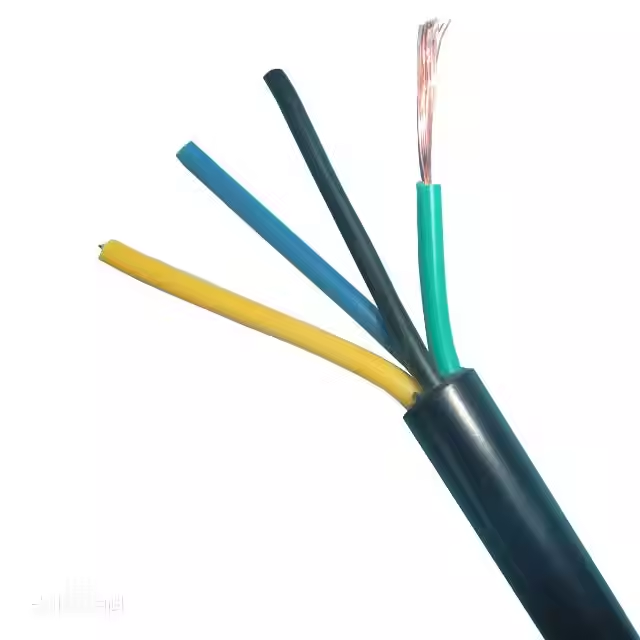The temperature of wires and cables
The conductivity of metals decreases with the increase of temperature. When the temperature is not very high (close to the melting point) or very low (close to the absolute zero), the resistivity and temperature show the following linear relationship: ρ=ρ0[1+α(T-T0)].

Impurities in wire and cable materials
Metals contain certain impurities, which will increase their resistance. The impact of impurities on metal resistance depends on the type, content, and state of impurities in metals. Aluminum, antimony, arsenic, phosphorus, nickel, lead, etc. are harmful impurities of copper. When the arsenic content is 0.35%, the resistivity of copper will increase by 50%; the main harmful impurities in aluminum conductors are silicon and iron.
Plastic cold deformation of wires and cables
It is reminded that when the elastic deformation of wires and cables is very small, the influence on metal resistance is very small, while plastic deformation increases the resistance. When the cold-working deformation exceeds 10%, its resistance will increase significantly. For pure metals, the resistance increased by cold deformation is generally not greater than 4%. The resistivity of the electrician round aluminum rod before drawing is 0.02801. After drawing, it is produced into an electrician round aluminum wire of the required specifications, and the resistivity is 0.028264.
Heat treatment (annealing)
After the metal is coldly deformed, due to the changes in metal crystallization, the tensile strength, yield strength, and elasticity increase, while the conductivity and elongation decrease. In order to improve the conductivity and flexibility of the cold-drawn copper wire, it is recommended that the wire be toughened at a certain temperature to achieve the purpose of increasing the elongation and conductivity, and the resistance can be restored to the level before deformation.
The environment for wires and cables to use
When environmental factors cause contamination or oxide layer on the metal surface and moisture and oil stains are attached, the metal resistance will increase. When the metal surface is coated with protective layers of other metals, the resistance can be calculated based on the original resistivity of the composite material and the thickness of the coating layer. Copper has aging effect on certain impregnating agents (such as mineral oil, rosin composite impregnating agent, etc.) and vulcanized rubber. In this case, tin can be plated on the surface of the copper wire so that the copper does not directly contact the insulating layer.
The above is the relevant knowledge about wires and cables in terms of conductivity. You can briefly understand it. Pay attention to the high performance of the cables during construction or after installation, and the maximum capacity can be ensured. When the temperature of the conductor exceeds the allowable working temperature of the insulating material, it will accelerate the aging of the insulating material and even soften and deform the insulation first at the bend of the cable, resulting in the inability to meet the needs of using the cable.
Post time: 2025-09-22




